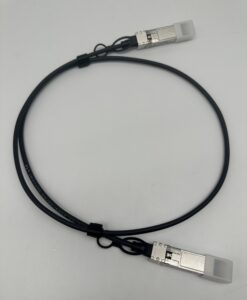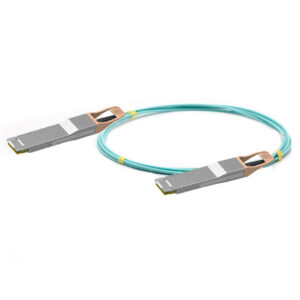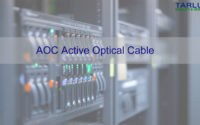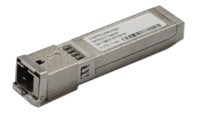Understanding DAC/AOC Cables Compatibility
In modern data centers, high-speed interconnects are critical for seamless communication between servers, switches, and storage systems. Among these, DAC (Direct Attach Copper) and AOC (Active Optical Cable) are two widely used solutions for short-to-medium distance connections. However, ensuring compatibility is key to performance and stability.
What Are DAC and AOC Made Of ?
DAC (Direct Attach Cable)

Cable Material: Twinax copper
Connectors: Fixed SFP/SFP+/QSFP modules at both ends
Types:
Passive DAC – no power or electronics
Active DAC – includes signal conditioning chips
Length: Usually ≤ 7 meters
AOC (Active Optical Cable)

Cable Material: Multi-mode optical fiber
Connectors: Fixed optical transceivers with embedded electronics
Features:
Includes electrical-to-optical and optical-to-electrical converters
Requires external power
Length: Up to 100 meters or more
Compatibility between DAC/AOC and Transceivers

As data center speeds continue to rise, ensuring compatibility between optical transceivers and high-speed cabling—such as DAC (Direct Attach Copper) and AOC (Active Optical Cable)—has become essential for stable and cost-effective networking.
Different Form Factors Must Match
The most common interfaces include:
SFP+ / SFP28: For 10G/25G links
QSFP+ / QSFP28 / QSFP56 / QSFP-DD: For 40G/100G/200G/400G links
Your DAC/AOC cable or transceiver must match the port type. For example:
A QSFP28 DAC won’t fit into an SFP+ port
A QSFP-DD port may accept QSFP28, but not vice versa
Products in Tarluz
Firmware & Vendor Coding
Many switches from brands like Cisco, Juniper, MikroTik, HPE, and Dell check firmware IDs. Using third-party DAC/AOC or transceivers may trigger compatibility errors or result in ports being disabled.
Solution: Use “vendor-compatible coded” cables and modules — these are programmed to match specific brands.
Cable Type Affects Compatibility
DAC: Typically only works for short distances (up to 5–7m); passive versions are more sensitive to compatibility
AOC: Better EMI resistance, and usually more forgiving in mixed-brand environments
Optical Transceivers: Offer more flexibility but at a higher cost
Best Practices
Confirm the port type and speed (e.g., 100G QSFP28)
Choose coded modules/cables that match your device brand
Test in advance, especially in multi-vendor environments
More advices about fiber optic field contact us: Tarluz


